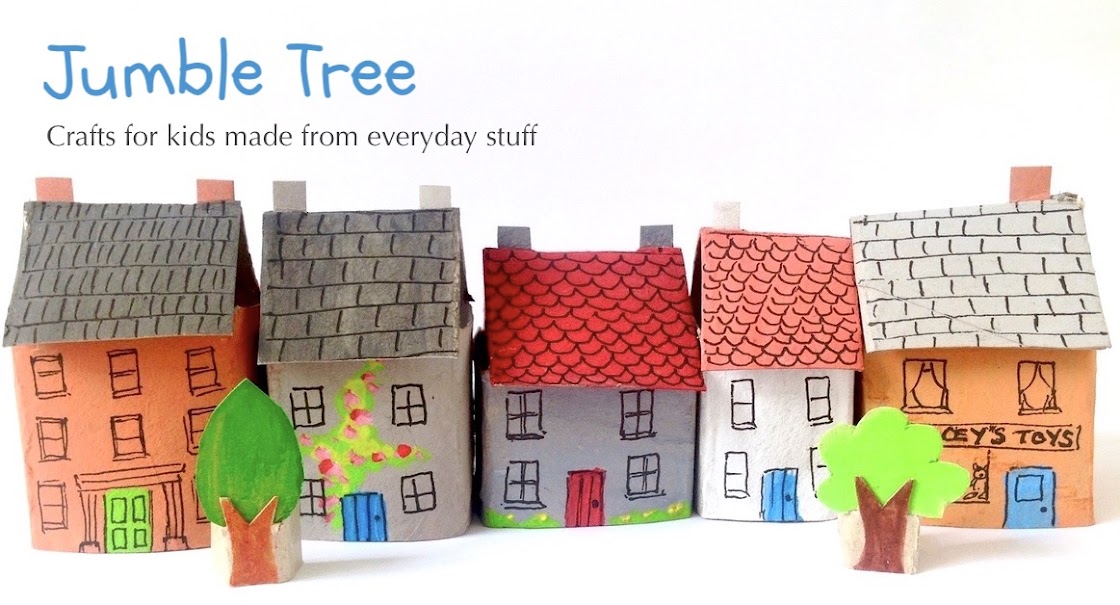You will need:
2 egg cartons
Cereal box card
Craft glue
Paint
Black pen
Nail scissors (optional, to be used by an adult)
1. With green paint and a big brush, paint the outside of an egg carton, the cereal box card and the bottom of the egg cups from the second carton.
2. Squirt some red and some yellow paint on a plate or palette, and mix them in the middle to make orange, then have fun splodging on yellow and orange on your turtle and baby turtle's shells, and dab on a little red with finger tips. Messy and fun!
We got a bit carried away, so added a few more blobs of green on top, to break up the bright colours.
3. For the big turtle's head, cut a strip from the green card, about 4cm wide. Cut it so it's about 6cm long and round off one end.
4. For the back legs, cut a strip about 3cm wide, cut two pieces from either end of the strip, about 5cm long. and round off one end of each.
5. For the front flippers, use a decent sized cup or glass and draw around the rim. Cut out the circle and and cut the circle in half.
6. Cut away the middle part of the semi circle - use a pencil to draw this first, if it helps.
8. Glue the legs inside the carton at one end, on or near the corners.
9. Use a black pen to draw the face on the head part, and either glue this in the middle of the other end and glue the flippers on top of it, or flippers first and head on top. Whatever's easier.
If the flipper doesn't go far enough down the side that's attached to the lid, cut the connecting card a little and slot the flipper in.
10. The baby turtles or turtlettes, are made in a very similar way. Cut out as many egg carton cups as you want. For a quick finish, cut a strip for the head, snip into 2cm lengths and round one end. Draw on a face. Either glue the end of the head piece inside the 'shell'. When dry fold into place, OR, make a hole in the side of the carton cup, about half way up (to be done by a adult - keep nail scissors closed, press down and twist from side to side. It helps if you put a piece of modelling clay behind where you're making the hole, so there's something to press into)
Once you've pierced through, make a slot for the head and push it into place.
These babies will look sweet as they are, but if you would like to add legs, cut a thin strip for the back legs, cut off small pieces, about 2cm long and round ends.
For the flippers, draw around something small, like a thread spool or small spice jar - cut out the circle, and cut the circle in half. Cut away the middle of each semi circle and round one end of each, making sure they're opposite ends, and glue the ends under the turtle's shell. When dry, fold out.
When the babies get tired of swimming, they can always have a little rest under Mum's shell..






















































